| | Propagation from cuttings is an easy and fun technique for gardeners to accomplish year-round, depending on the timing most appropriate for a particular kind of plant. Now’s a good time for begonias. Two of my hanging-basket begonias looked straggly, with bare foot-long bare stems hanging down and a few blooms appearing at the end of foliaged tips. I knew that if I just left them to continue to grow, the bare stems might or might not – probably not - sprout new leaves. But, because they’re actively growing now, it’s a great time to snip them and root the cuttings. Of course, once I’d done this with the two hanging-basket begonias, I started examining the three upright begonias on my patio and, finding more lanky growth, starting snipping those as well. Ultimately I ended up with clippings from five different begonia plants that resulted in 7 gallon pots with about 12 in each pot – potentially 84 new plants if they all rooted. How’s that for an economic boon? This technique is the same for whatever kind of cutting you collect – from walks in the neighborhood (take cuttings only from public areas) as well as your own garden or from a friend. If it’ll be several hours before you can actually pot them up, take cuttings as lengthy as possible to allow for the natural retraction of plant fluids from the cut since it’s no longer able to pull those fluids from the roots. For example, cutting a 20” length means you’ll be able to make perhaps 3 6” cuttings (after recutting off 2” of the base) to root, with at least a single 6” viable tip. Here’s how to produce your own bargain bounty.
|
|
3 Comments
ADAIAH A. OPEÑA
1/26/2022 08:04:39 pm
Very good procedure. 👍
Reply
Marta
3/18/2023 06:31:59 am
Soy de Argentina, me gustaría ver los temas en castellano
Reply
Leave a Reply. |
Categories |

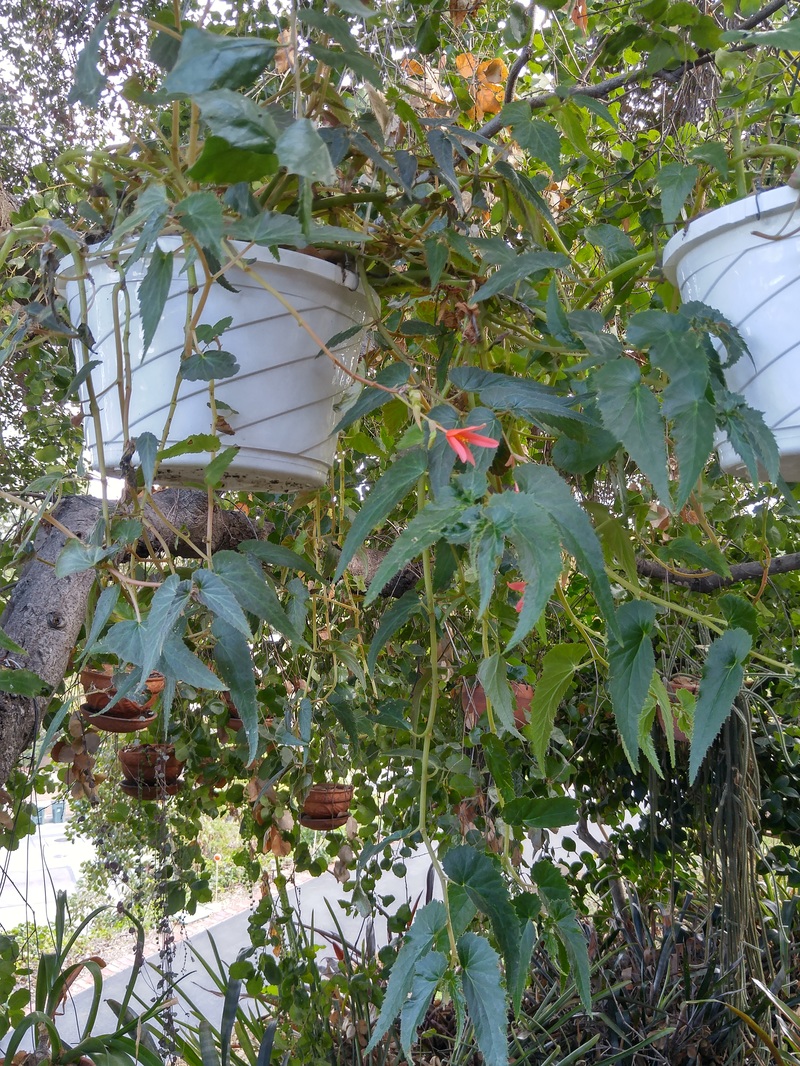
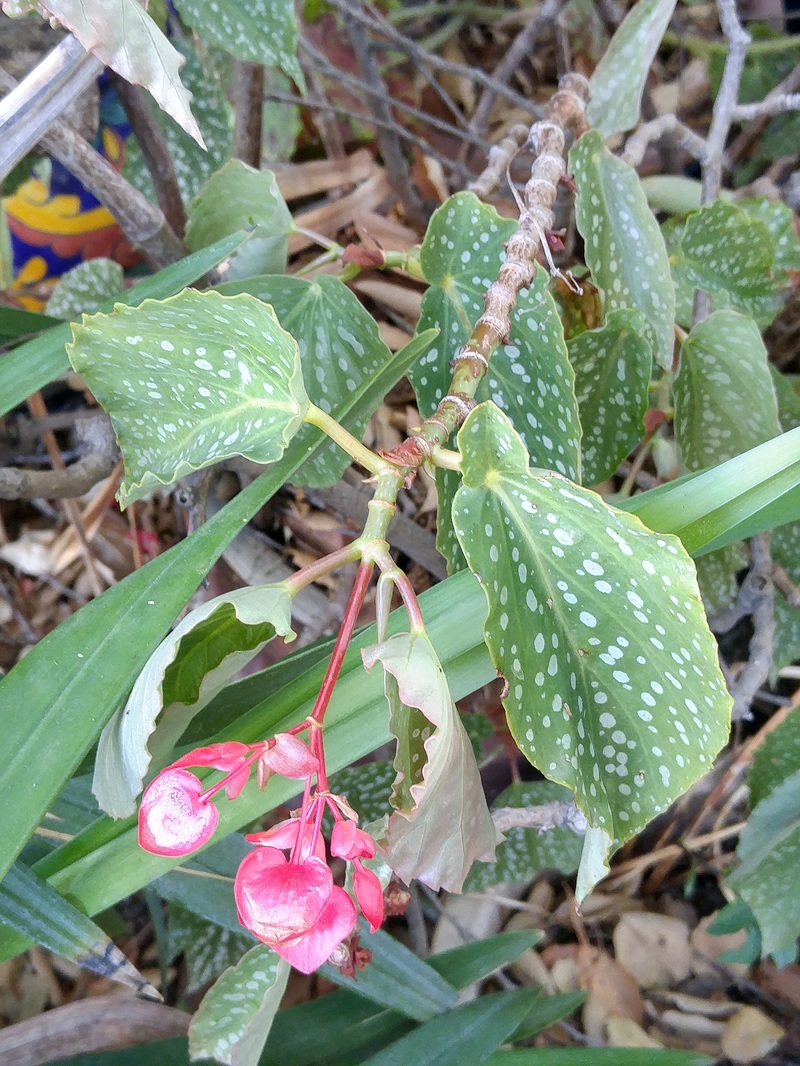
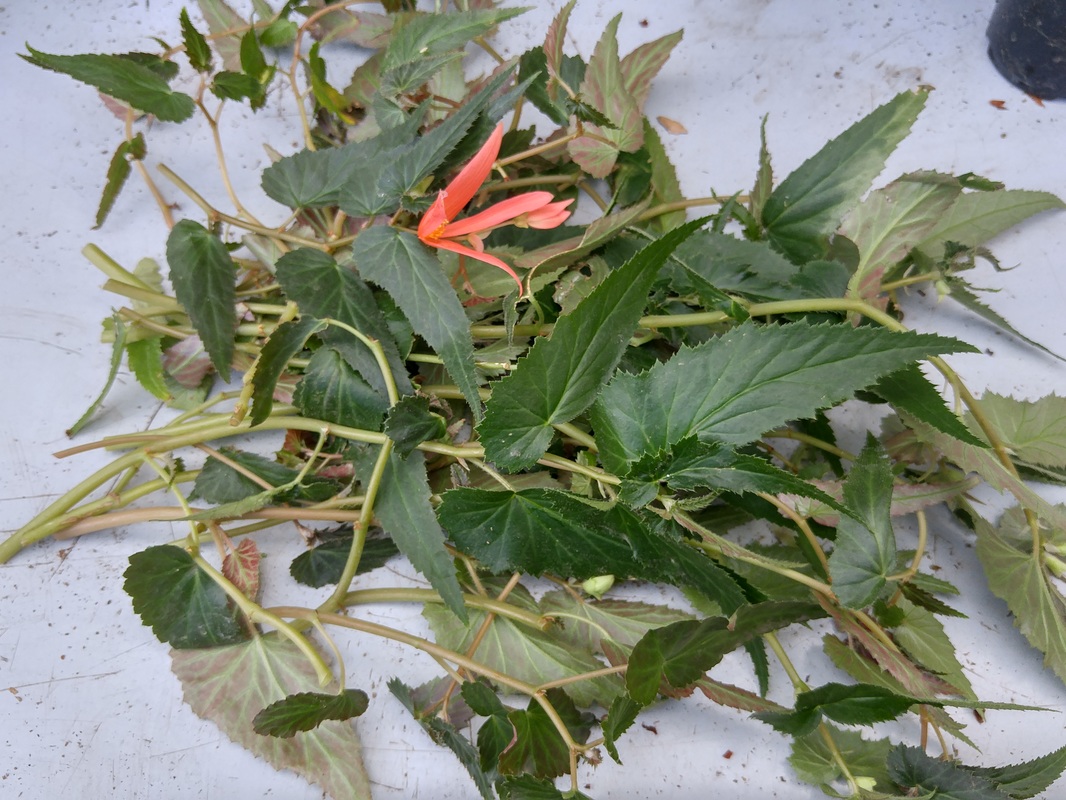
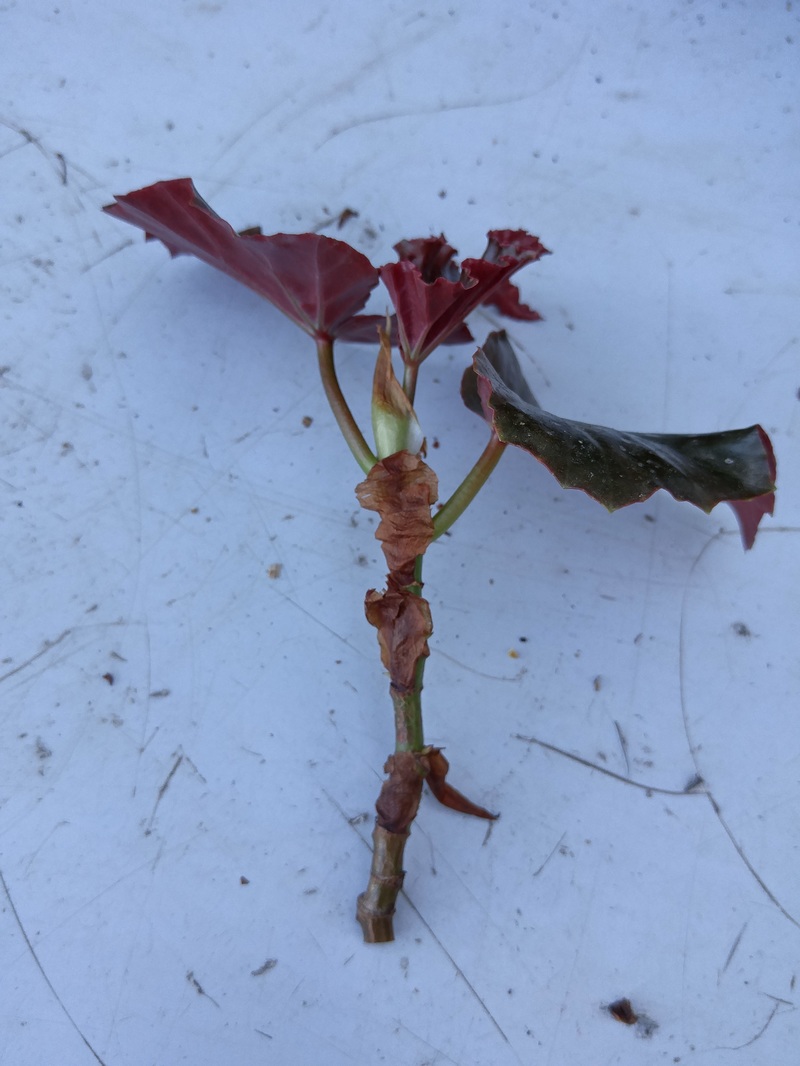
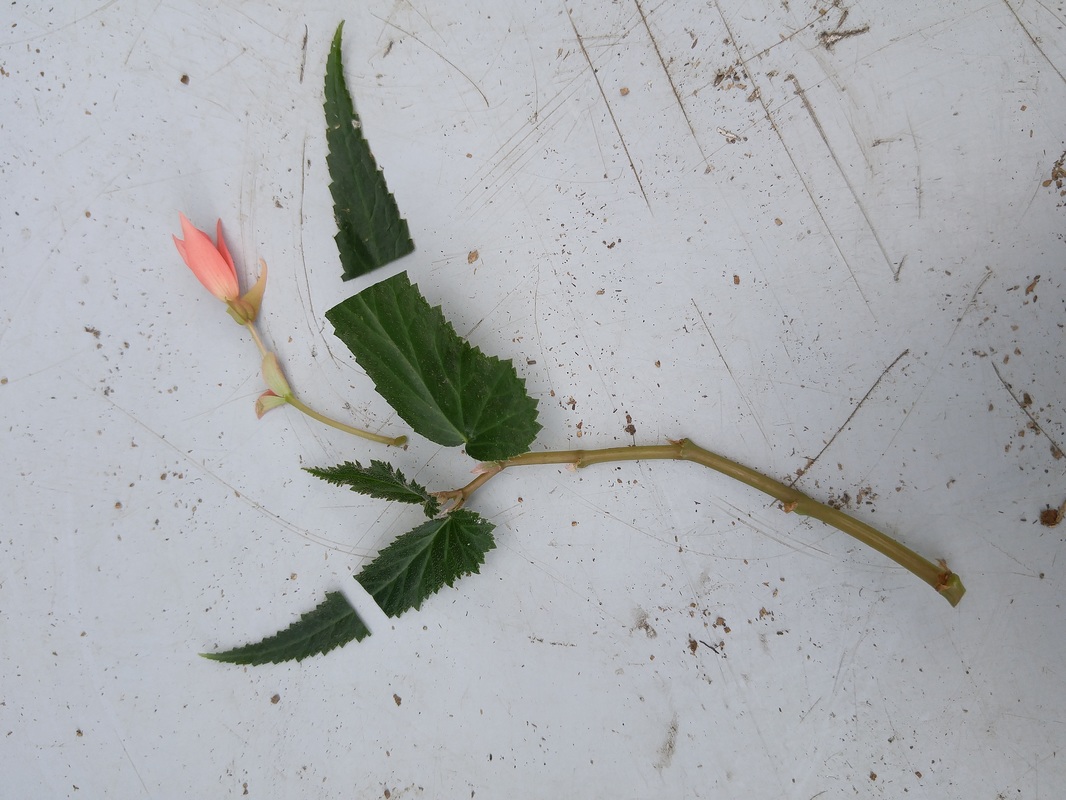
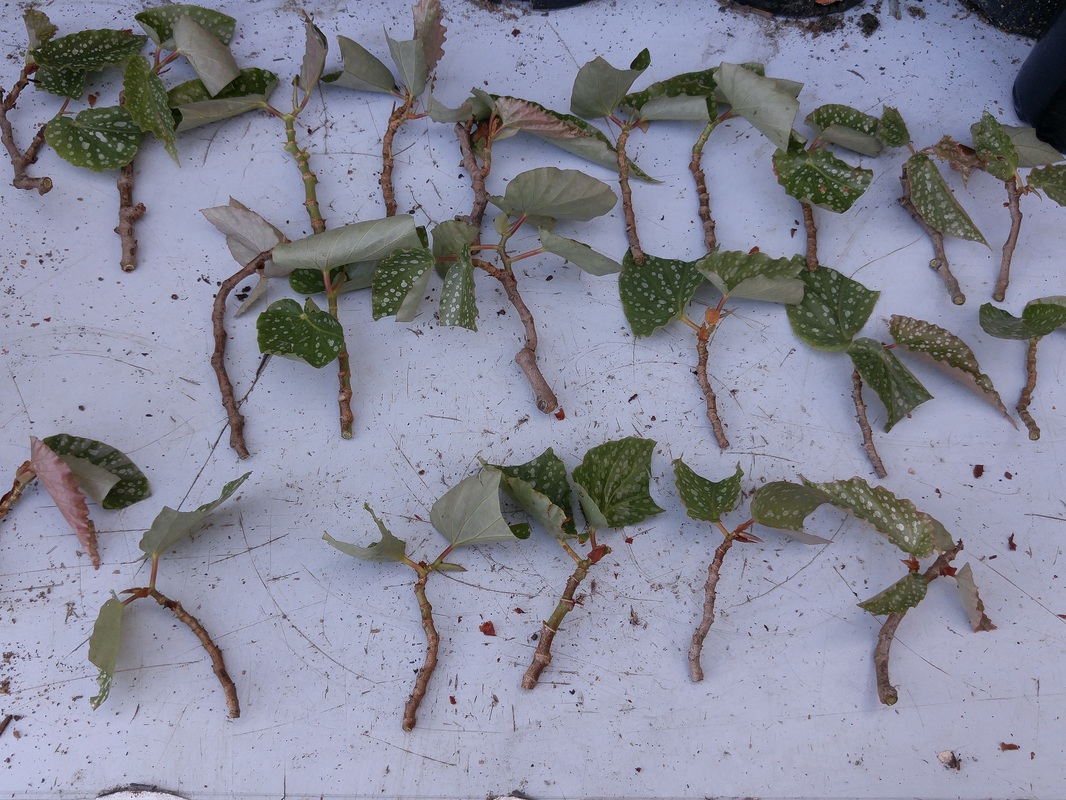
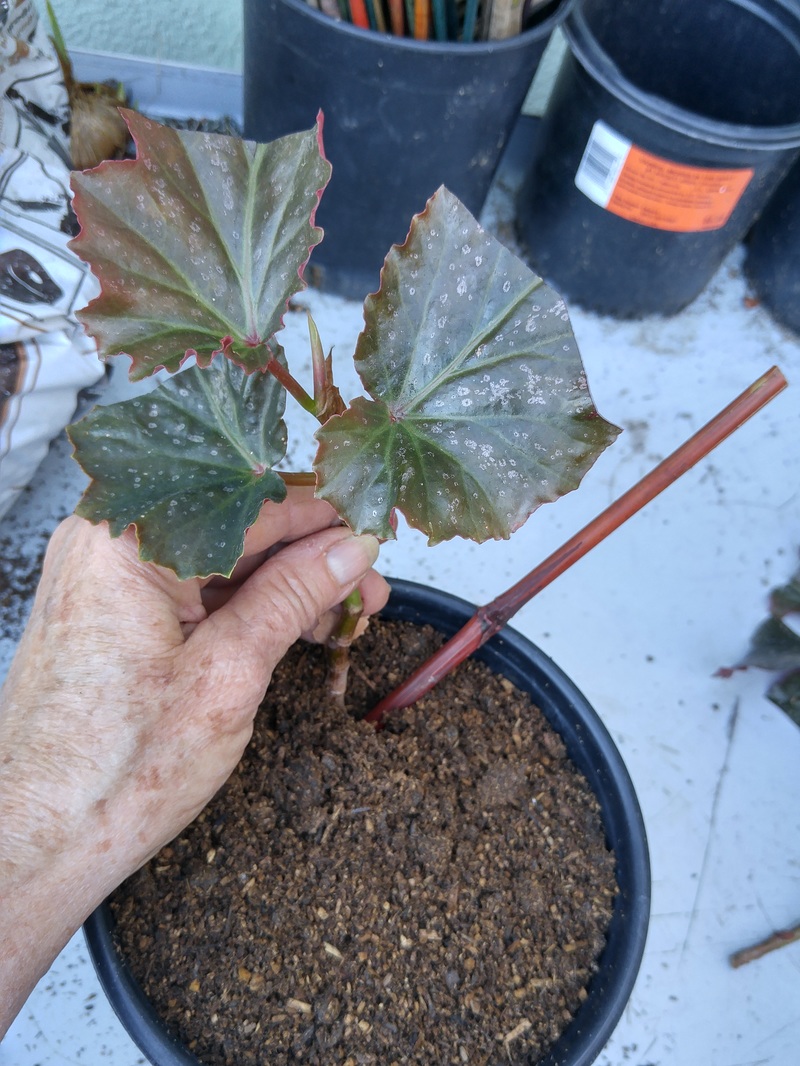
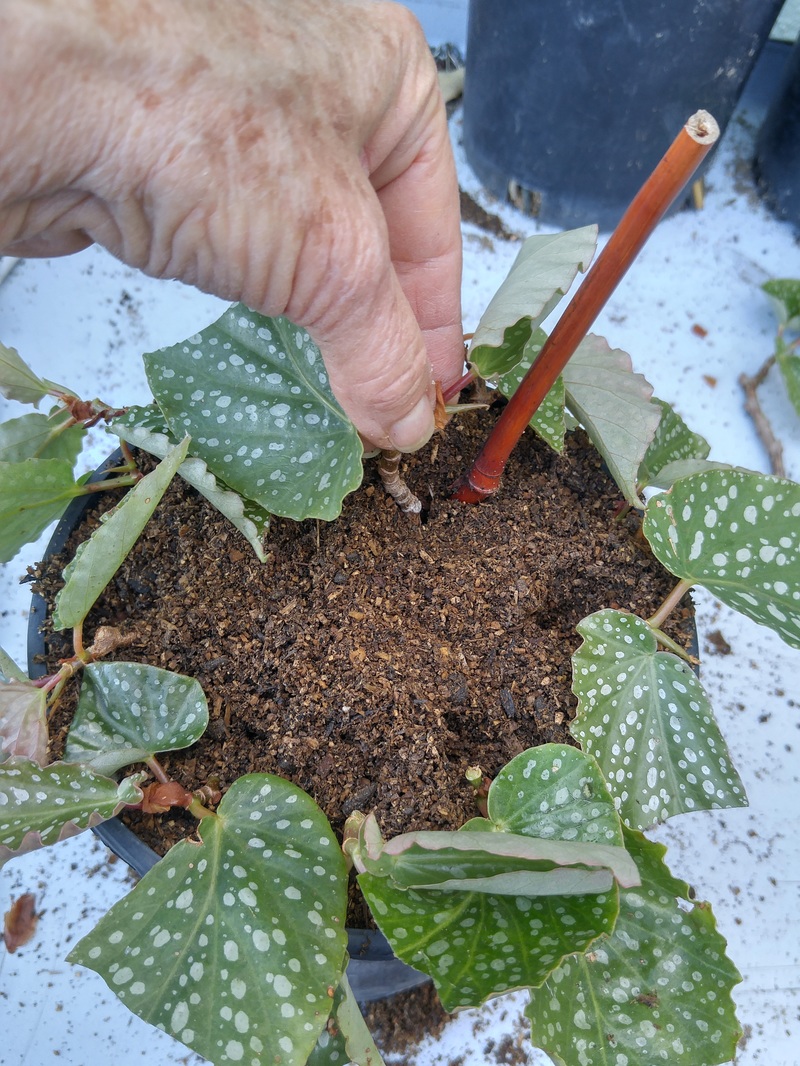
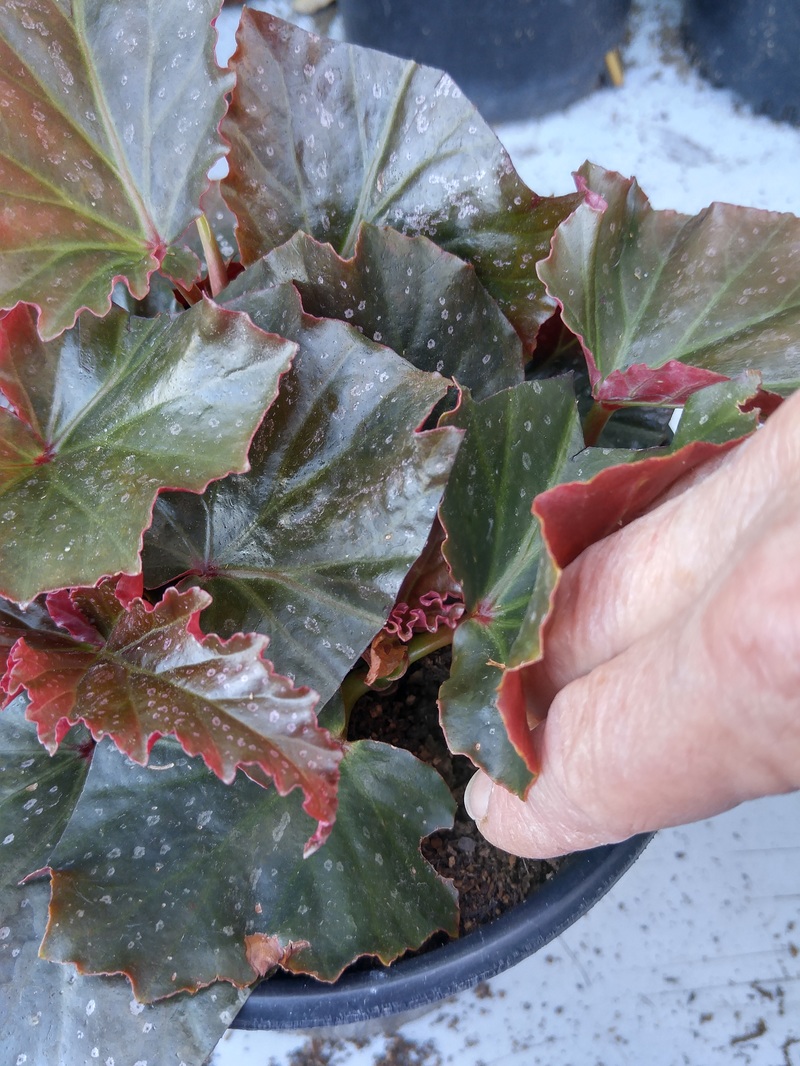
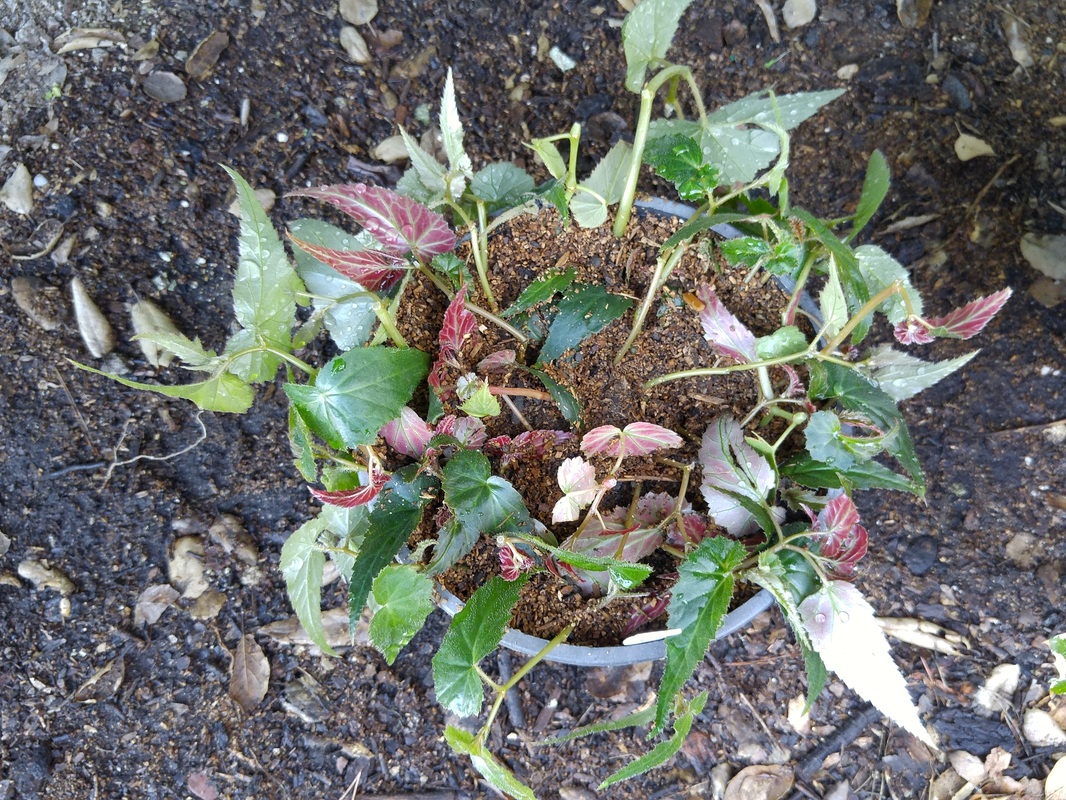
 RSS Feed
RSS Feed